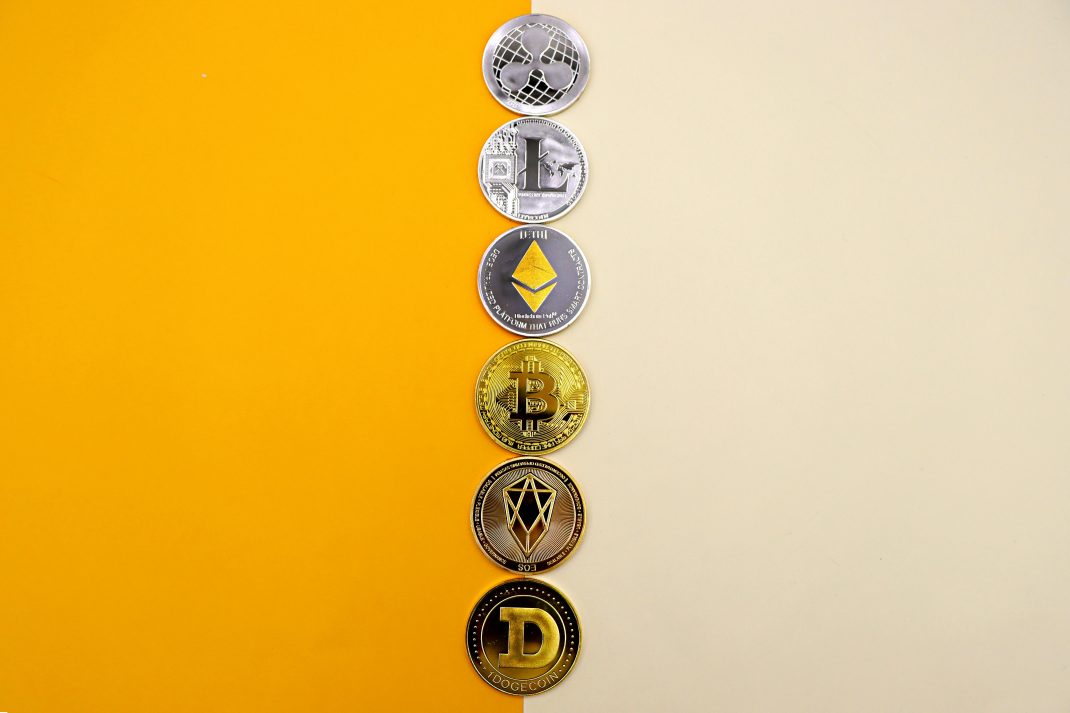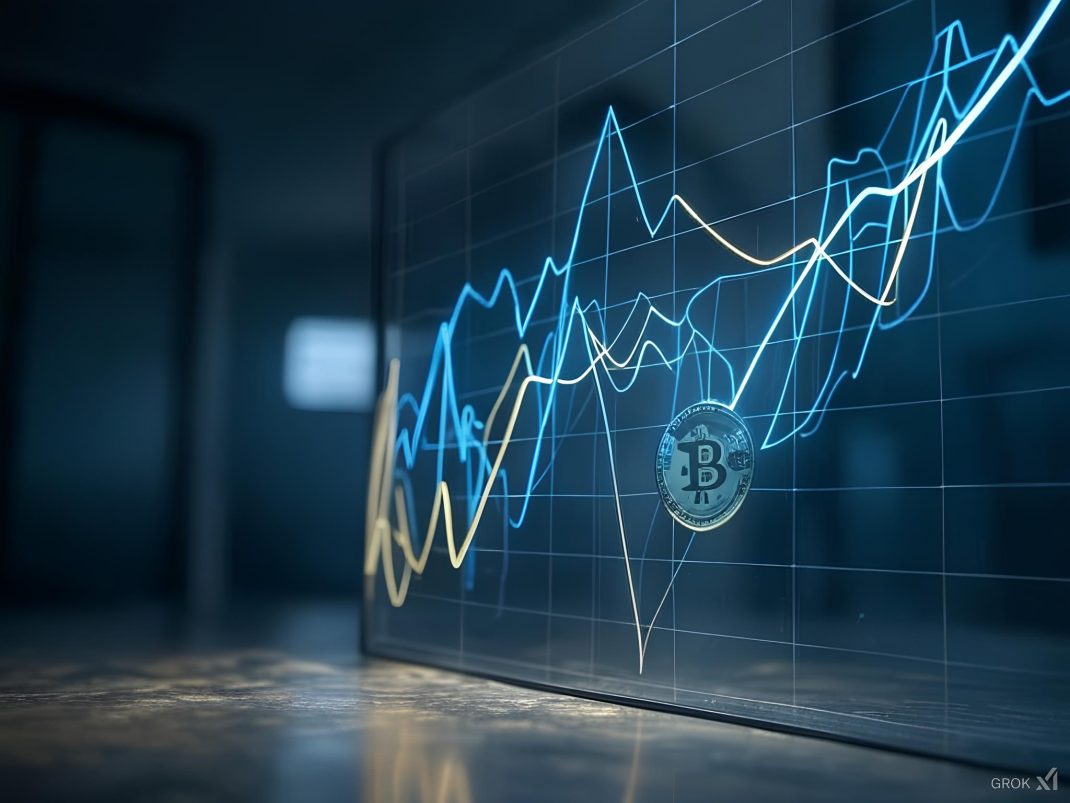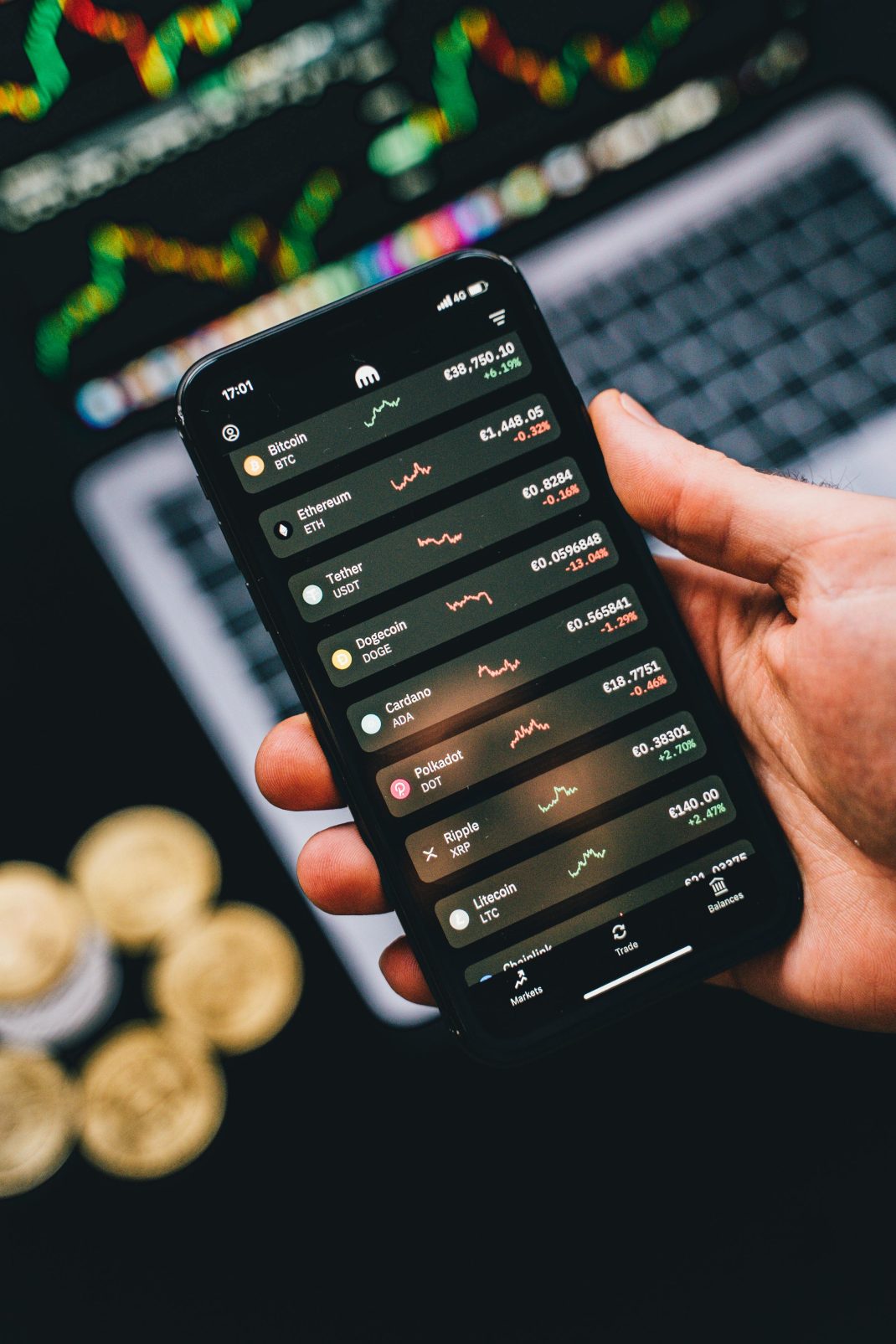With thousands of altcoins in the crypto market, it can be challenging for investors to identify which projects are of high quality and likely to succeed in the long term. This article covers key factors to consider when evaluating the quality of an altcoin.

Contents
Project Purpose and Innovation
- Clear Vision: Understanding what the project aims to achieve is crucial. High-quality altcoins typically aim to solve a specific problem or introduce innovation.
- Technological Foundation: The use of blockchain technology, security, scalability, and speed are important aspects to assess. Having its own blockchain or operating on a trusted platform like Ethereum is an advantage.
- Whitepaper: A detailed whitepaper explaining the project’s technology, roadmap, and objectives demonstrates seriousness.
A quality altcoin must have a well-defined problem and an innovative solution. Here are some key questions to ask:
- What problem is the project trying to solve?
- What unique innovations does it offer compared to competitors?
- For example, projects built on smart contracts offering solutions in DeFi (Decentralized Finance) or the NFT market may have higher potential value.
– Is Trump’s Goal of Buying 1 Million Bitcoins and Making BTC a Reserve Currency Realistic
Team Competence
The success of an altcoin depends heavily on the expertise of its development team and advisors. When evaluating a team, consider:
- What other projects have team members worked on?
- Do they have experience in technology, blockchain, and finance?
- Is the team transparent and actively engaging with the community?
Successful projects often have experienced and transparent teams at their core.
Community Support
In crypto projects, the community is a key indicator of trust and long-term success. A strong community can accelerate adoption and growth.
- Does the altcoin have an active community on social media platforms?
- Does the community believe in the project and support its development?
Technological Infrastructure
The technological infrastructure of an altcoin is critical for its long-term success. Key aspects to evaluate include:
- How innovative and efficient is the blockchain technology?
- What are the transaction speeds and costs?
- Are there well-documented developer resources (whitepaper, technical documentation)?
Partnerships and Investors
High-quality projects usually establish strong partnerships and attract significant investors.
- Who are the project’s strategic partners?
- Is the project backed by reputable funds or investors?

Token Economics (Tokenomics)
Token economics is one of the most critical factors determining the price stability and long-term value of an altcoin. Factors like supply-demand balance, circulating supply, and whether the supply is capped directly influence a token’s sustainability. For example, limited supply can create a deflationary effect, while high supply may lead to inflationary pressures. Therefore, a well-designed token economy enhances investor confidence and increases the likelihood of long-term success.
- What are the total and circulating supplies of the token?
- Is the model inflationary or deflationary?
- How many tokens are allocated to the team, developers, and investors, and what are the lock-up periods?
Market Performance
Market Capitalization: Market capitalization reflects the overall value of an altcoin. However, high market cap doesn’t always guarantee quality; it indicates investor interest and perceived value.
Liquidity: High liquidity means the cryptocurrency can be easily bought and sold. Low liquidity poses risks for investors.
Market performance is an important factor but should be assessed alongside other criteria.
- Is the price highly volatile?
- Does it have sufficient trading volume and listings on multiple exchanges?
Regulatory Compliance
With increasing regulations in the crypto space, legal compliance has become a crucial criterion.
- Does the project comply with the regulations of the countries it operates in?
- Does the project support KYC (Know Your Customer) and AML (Anti-Money Laundering) regulations?
Security and Transparency
Code Transparency: Open-source code and completed security audits enhance a project’s credibility. Open-source code allows independent developers and security experts to review it for potential vulnerabilities, improving the project’s overall reliability.
Security Audits: Projects audited by independent security firms provide an added layer of confidence. Public audit reports are particularly reassuring for investors. Regular audits are expected for major projects.
Security Measures: A track record of no hacking incidents or security breaches is important. Projects that have undergone security audits and made the results public are generally considered more secure.

To assess whether an altcoin is high-quality, you need to consider many factors, from the project’s technological foundation and team to community support and market performance. Instead of simply following market trends, conducting a thorough analysis using these criteria can lead to successful long-term investments.
Additionally, be cautious when relying on social media influencers and video content creators. While some influencers are well-informed, others may lack sufficient knowledge and give misleading advice. Therefore, it’s essential for investors to critically evaluate the content they consume.




